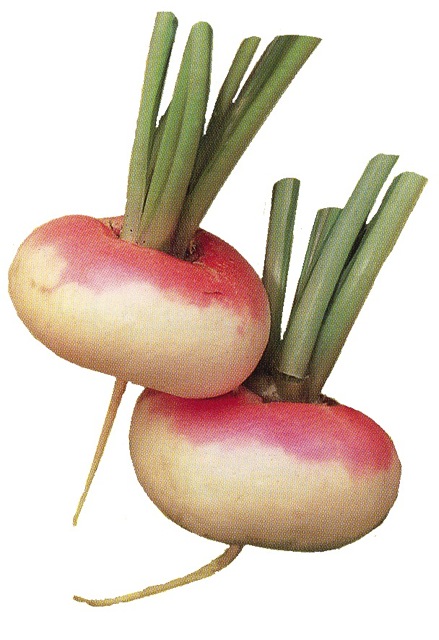
primary-image, l
(post, Kathleen Bauer)

primary-image, l
Not too far from the bustle of urban life but seemingly a world away from our citified concerns here in Portland lies the little town of Gaston, Oregon, and, near it, Ayers Creek Farm. Anthony Boutard's reports give us a taste of what's happening just over the hill. The beautiful autumn weather was good for harvesting the beans and corn, but slowed the winter vegetables substantially. Frosty nights stop the foliar growth, and it takes some time for the plants to warm up and growth to resume, especially when the cold morning fog lingers into the noon hour. Far from the moderating effects of the big rivers, tons of heat-retaining concrete and hundred of thousands of engine blocks shedding heat from their daily workout, our temperatures can drop about 10 to 15 degrees colder at night than those in Portland. Clear skies at night hasten radiational cooling. The Wapato Valley is also in a colder micro-climate, so we plant about two weeks later than in the Tualatin Valley north of us or the Willamette Valley to the south, even though we are at the same elevation, about 195 feet above sea level. The last two weeks, drenched with warm rain, the plants have been growing day and night, and the difference is visible in the field. That said, we don't expect to have the chicories, endives and escaroles until the Christmas market, or early January. Consider it the toll exacted for such a lovely October. As for turnips, last year, we pulled about 50 pounds of them for the Christmas market. Exquisite as they were, golden, purple topped and white, we only sold 2 pounds. Oddly enough, turnips and the holidays were a bad mix. For the next month we had turnips at virtually every meal. Roasted, mashed, pickled, brined and stewed. And, of course, turnip souffle. Over that month, we developed a deep appreciation for the turnip. They are back, and the earliest are ready. The "White Milan" turnip is round and similar to the familiar purple top turnip. The "Jersey Navet" is a distinctly pear-shaped turnip. It is a very old type, and it is great to open Vilmorin's "The Vegetable Garden" and see the same root illustrated. Produces a good head of greens, as well. Finally there are the "Early White" (Navet Blanc Plat Hântif). The root is very flat and grows above the ground. Vilmorin describes it as "pretty." We plant the turnips and rutabagas relatively late so as to avoid the flea beetles that mow down the emerging seedlings. The supply will improve as the season progresses and this warm, wet weather will help move things along a bit faster. Radishes, rutabagas and turnips are well adapted to the Pacific Northwest winter.